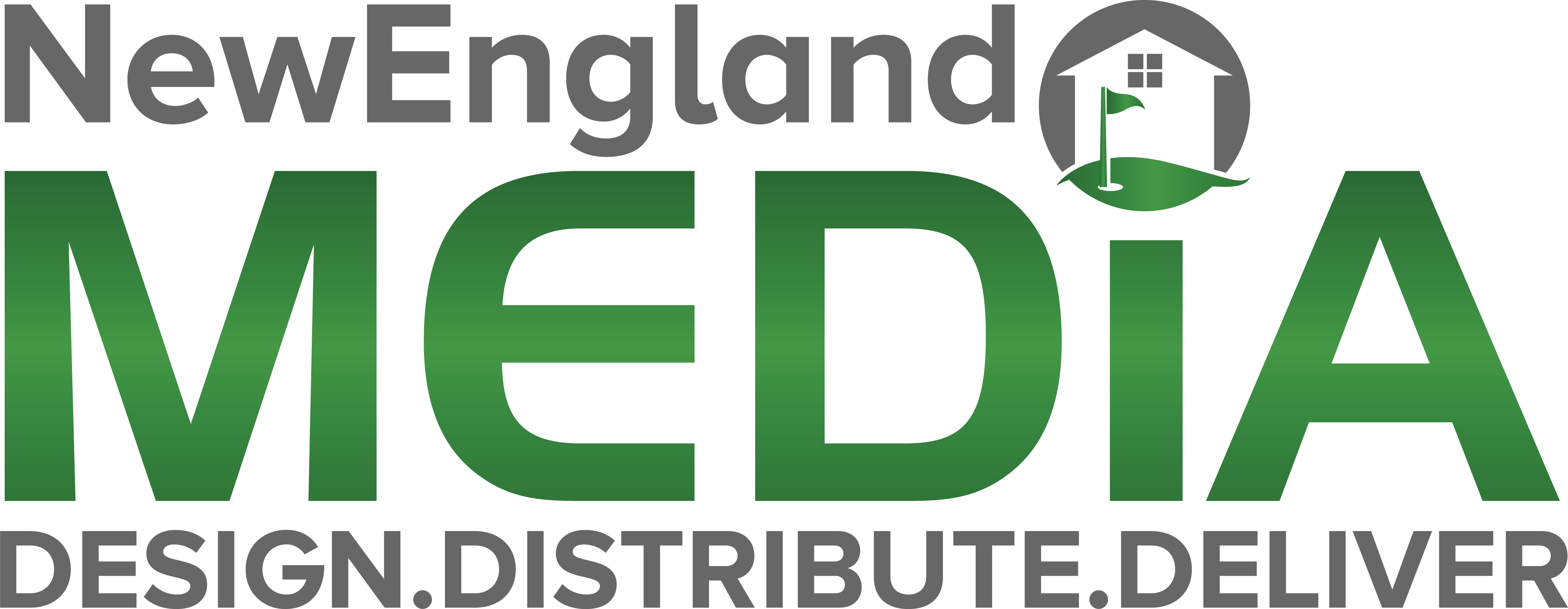Social media has become an indispensable tool for businesses looking to reach and engage with their target audience. With billions of users active on various social media platforms, it has become a must-have marketing channel for any business looking to grow and succeed. However, with so many platforms to choose from and so much content being generated, it can be difficult to know where to start and what to focus on. To help you make the most of your social media marketing efforts, let’s look at the five core pillars that every campaign should be built upon.
| Importance of Social Media Marketing | |||||||
|---|---|---|---|---|---|---|---|
| Reach a wider audience | Build brand awareness | Increase website traffic | Engage with customers | Boost sales and conversions | Monitor and measure success | Stay ahead of competitors | Cost-effective advertising |
Strategy
The first and most important pillar of social media marketing is having a clear strategy. Without a strategy in place, your social media efforts are likely to be disjointed and ineffective. A good social media strategy will help you align your goals, target audience, and content to the platform you’re using, ensuring that you get the results you want. To develop a strategy, you’ll need to answer questions such as:
- What are your business goals and how can social media help you achieve them?
- Who is your target audience and what kind of content will they engage with?
- What platforms will you use and why?
- How will you measure success and adjust your strategy over time?
Let’s take a clothing store as an example. The business owner’s goal is to increase brand awareness and drive sales. To achieve this, they develop a social media strategy focusing on showcasing their latest collections and promoting their products through visually appealing posts and images. They also create a content calendar that includes weekly posts, flash sales, and special promotions. The target audience is identified as fashion-conscious women between the ages of 18 and 35, who are active on Instagram. This strategy aligns with the platform and the target audience, making it more likely to achieve the desired results.
Content
The second pillar of social media marketing is content. Content is what drives engagement and drives your social media marketing efforts. Whether you’re posting pictures, videos, or written content, it’s important to make sure that your content is relevant, interesting, and engaging for your target audience. To make sure your content is effective, consider the following:
- What kind of content will your target audience find valuable and engaging?
- How will you create and curate content that is relevant and useful to your target audience?
- What is your content calendar and how will you manage it over time?
For instance, A café owner wants to showcase the delicious food and drinks they offer. They create visually appealing images and videos highlighting their menu and the ambiance of their café. They also post user-generated content, such as photos of customers enjoying their food and drinks, to give their followers a more personal look into the café. This content is relevant and interesting to their target audience, making it more likely to be shared and engaged with.
Engagement
The third pillar of social media marketing is engagement. Engagement is what makes social media so powerful and is what sets it apart from other marketing channels. Engagement refers to the interactions that take place between your business and your target audience on social media. To maximize engagement, consider the following:
- What kind of interactions do you want to have with your target audience?
- How will you encourage your target audience to engage with your content?
- What kind of metrics will you use to measure the engagement and adjust your approach over time?
For instance, a local gym owner wants to build a community of fitness enthusiasts around their brand. They create interactive content, such as fitness challenges, and encourage their followers to participate. They also respond to comments and direct messages, creating a two-way conversation with their audience. By fostering engagement and interaction, the gym owner is able to build a community of loyal followers and promote their brand in a more personal and authentic way.
Analytics
The fourth pillar of social media marketing is analytics. Analytics allows you to understand the impact of your social media marketing efforts and adjust your strategy accordingly. To get the most out of your analytics, consider the following:
- What kind of data will you track and how will you use it to measure success?
- How will you use analytics to adjust your strategy over time?
- What kind of tools will you use to track and analyze your social media marketing efforts?
For instance, an e-commerce store owner wants to understand the impact of their social media marketing efforts on sales. They track metrics such as website traffic, conversion rates, and social media engagement and use this data to adjust their strategy over time. For example, they may see that posts featuring customer reviews have higher engagement rates, so they incorporate more of these posts into their content calendar. By using analytics, the e-commerce store owner is able to optimize their social media marketing efforts for maximum impact.
Integration
The final pillar of social media marketing is integration. Integration is what allows you to use social media as part of a comprehensive marketing plan, rather than as a standalone channel. To get the most out of integration, consider the following:
- How will you integrate your social media marketing efforts with your other marketing channels?
- How will you use social media to drive traffic and engagement to your website or other marketing channels?
- What kind of metrics will you use to measure the impact of integration on your overall marketing efforts?
For instance, a travel agency wants to use social media to drive bookings for their tour packages. They integrate their social media marketing efforts with their email marketing, creating a cohesive marketing plan that promotes their tours and offers incentives for bookings made through their website. By using social media to drive traffic to their website and promoting their tours through email, the travel agency is able to increase bookings and generate more revenue.
Social media marketing has become an essential tool for businesses looking to reach and engage with their target audience. By building your social media marketing efforts on these five core pillars, you’ll be able to maximize the impact of your social media efforts and achieve your goals. So don’t wait any longer, start creating an effective and comprehensive social media marketing strategy today!


















